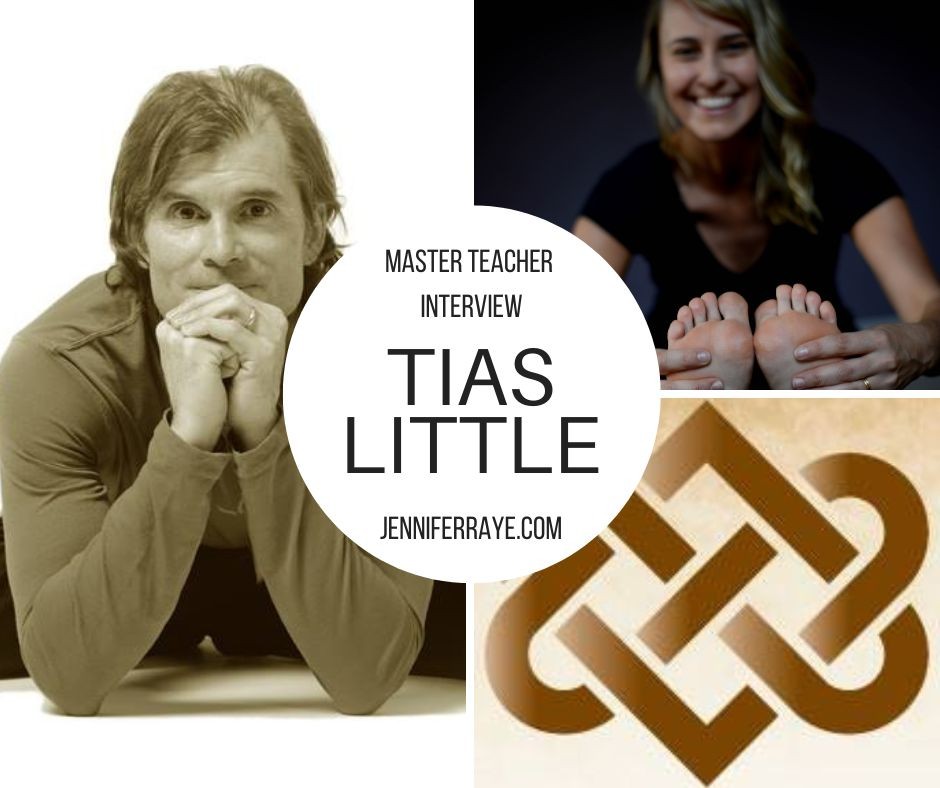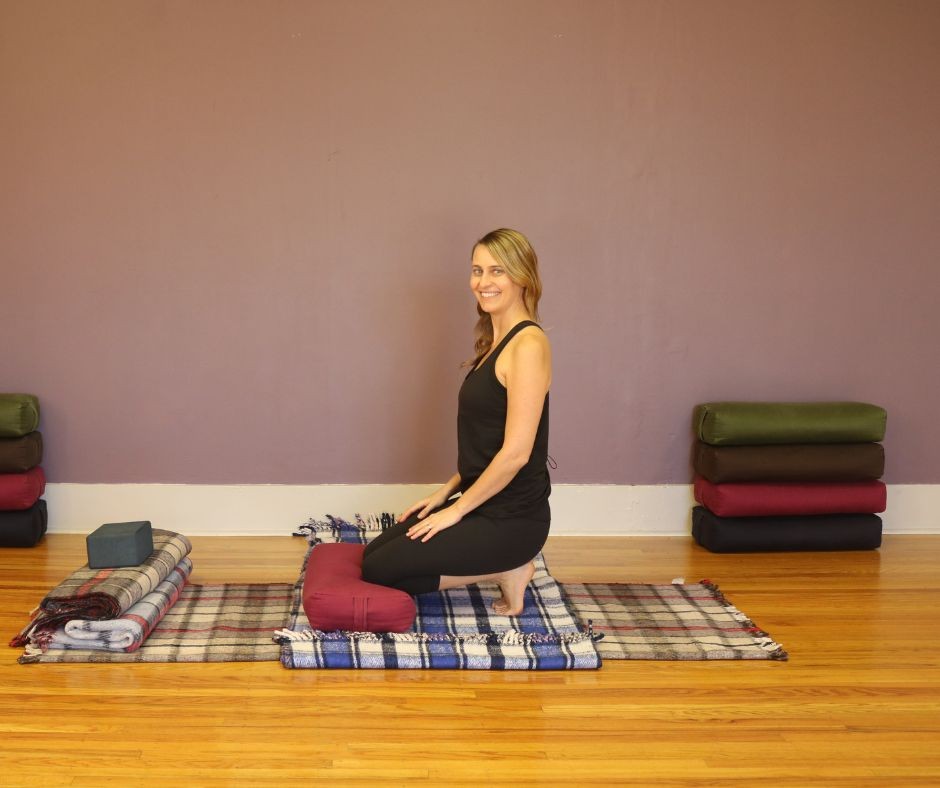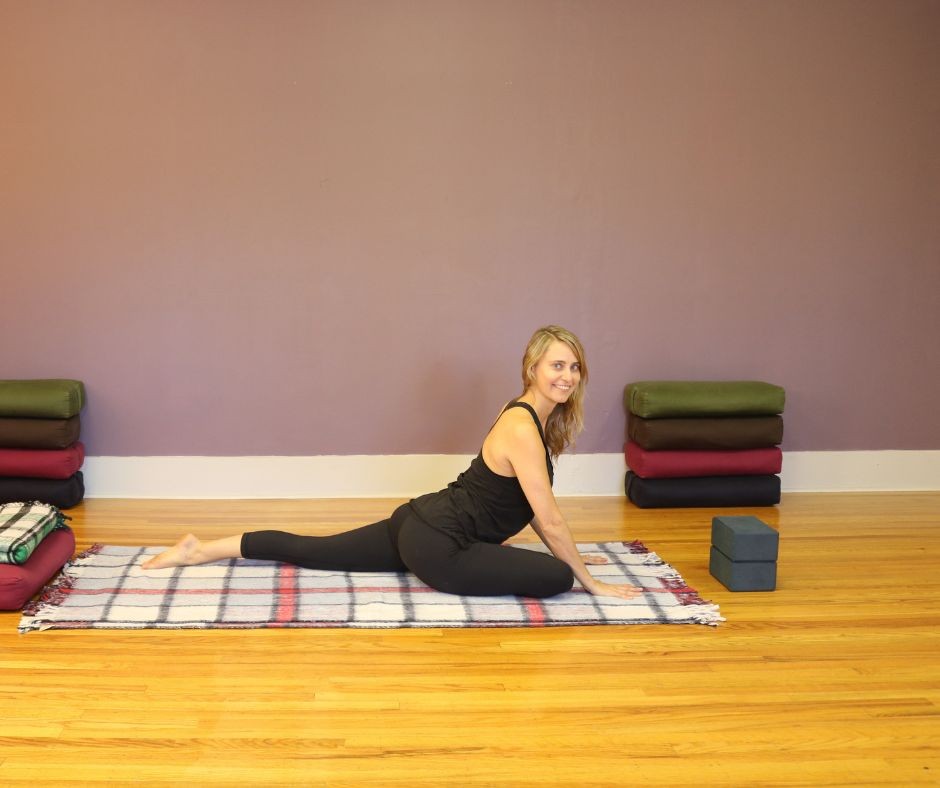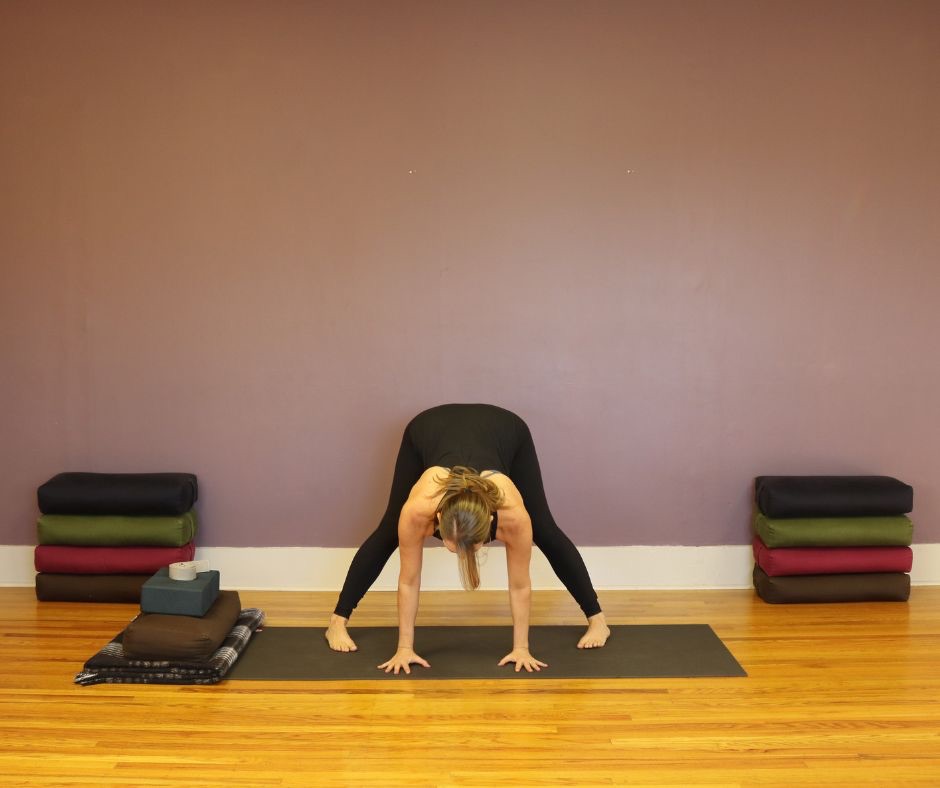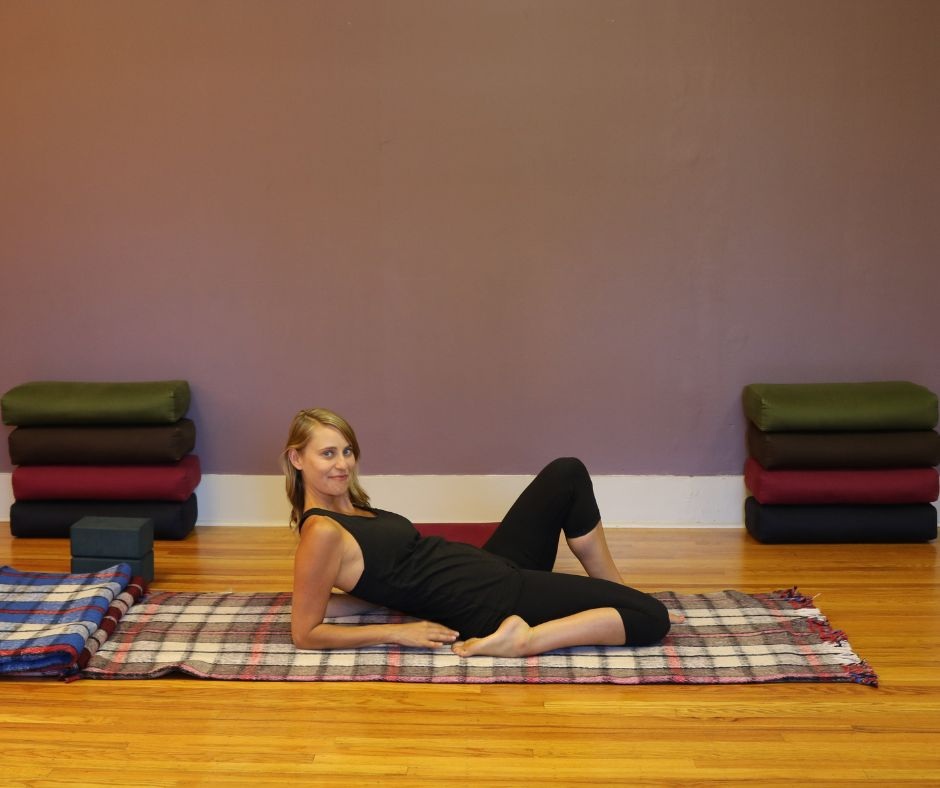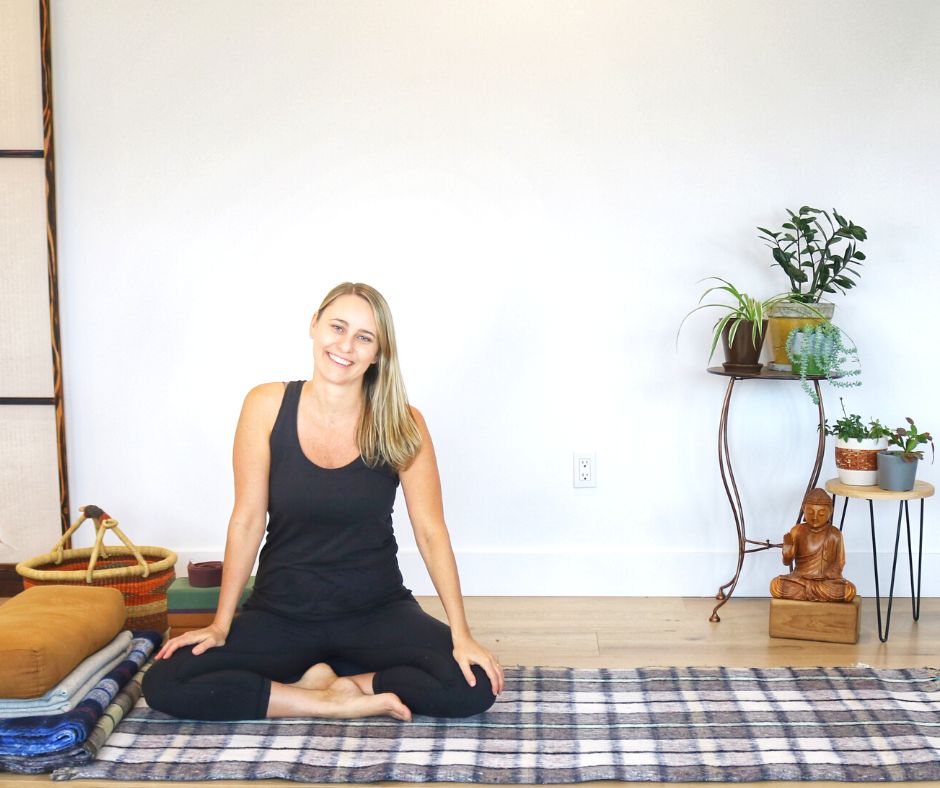I first found yin yoga when I was heartbroken. Day by day I would return to the studio and sink into my mat allowing myself to let go for just those 90 minutes. What I found in that stillness was a place where everything was ok even when it was so obviously not.
I cried.
I sighed.
I rested.
and I laughed.
And to this day my mindful yin yoga practice helps me come home.
"Our true home is not in the past. Our true home is not in the future. Our true home is in the here and now. Life is available only in the here and now, and it is our true home. Mindfulness is the energy that helps us recognize the conditions of happiness that are already present in our lives. You don't have to wait 10 years to experience this happiness. It is present in every moment of your daily life. There are those of us who are alive but don't know it. But when you breathe in, and you are aware of your in breath, you touch the miracle of being alive. That is why mindfulness is a source of happiness and joy."
Thich Nhat Hanh
All of our yoga practice has the ability to wake us up. It can help us to face whatever is happening in our lives with greater clarity and trust. Yin yoga also has other benefits:
Reasons to Practice Yin Yoga:
Balance Your Active Practice
The practice of yin yoga requires us to embody a more yin state in the mind and physical body. Yin qualities are more passive, receptive, slower and deeper. In contrast, yang qualities are more active, externally focused, faster, and hotter.
We can find balance in our yoga asana (posture) practice when we have both yang and yin practices.
In yin yoga we hold postures for longer periods of time (usually between 3-5 min) in a passive and receptive way. Most postures are done on the floor and focus on the lower half of the body and the deeper structures and tissues which are considered the more yin parts of our anatomy.
Flexibility / Mobility / Lubrication
As we hold the yin postures and soften the musculature we are given access to a deeper layer of tissue in the body that is usually protected when we engage the muscles in a more active practice.
The long holds put gentle pressure on the connective tissue, and the tendons and ligaments, which helps to increase moisture content in the tissue. Greater fluidity in the tissue and joint sites helps to increase flexibility, mobility and lubrication. This helps all kinds of physiologic and anatomical functions.
Circulation and Cultivation of Prana
Greater moisture in the tissues also helps to free the flow of prana or Qi. Prana or Qi circulates throughout the body in channels called “meridians” or “nadis”. Prana cannot be seen by the naked eye – it makes up what is called the “subtle body” or “energy body”.
In our yoga practice we can learn to identify and work with this energy body for greater healing.
Through pressurizing specific areas of the body yin yoga helps us cultivate a more resilient subtle body and move any energetic blocks that may be causing physical or emotional symptoms.
Stress Reduction
Many of us live such busy lives. Because of the barrage of stimulus we encounter on a daily basis in the form of media, cultural influences, and addictive foods, our sympathetic nervous systems are on hyper-drive and we can find it difficult to relax.
The sympathetic nervous system is often called the “fight, flight, or freeze” mechanism. When it is activated the body ignores secondary priorities such as digestion, hormonal regulation, sexual function, and memory in order to focus its energy on dealing with a stimulus it perceives as threatening.
The problem occurs when the body doesn’t shut off the stress response.
Practices that help to foster a contemplative state of mind, and stillness in the body, can help to reset the nervous system, and activate the parasympathetic response (the “rest and digest” response), leading to greater states of peace and healing. Many of the yin postures and practices are designed to trigger this relaxation response.
Presence on and off the Mat
Through holding the postures for longer periods of time we train the mind and body to stay in the present even when we feel uncomfortable. The practice of slowing down and being still can have a profound effect on the way we relate to our experience. As time and gravity pull us deeper into each posture we have the opportunity to notice all of the ways we distract ourselves from being here now.
Perhaps it’s our anxiety, or our perpetual negative self talk. Whatever it is – we have the chance to see it clearly and use it to gain greater self awareness. Through the practice of staying present to whatever is arising we actually start to form new neurons in the brain!
This is excellent training for the real world. When we come up against our “stuff”, our practice makes us more likely to respond instead of reacting to discomfort and pain. We see our patterns clearly and show up more fully.
Preparation for Meditation
Finally – yoga, in particular yin yoga, prepares the body and mind for seated meditation.
Activation of the connective tissue opens the hips, legs, and back, and works to create more space with less pain when seated. For anyone who tolerates a certain amount of discomfort during seated meditation, doing a few yin postures before sitting will help to create more elasticity in the joints and tissues.
Yin yoga also prepares the mind by helping it to settle and calm before moving into a formal meditation. Yogis can enhance this benefit by placing their attention on the breath in a gentle but concentrated way while moving through a yin sequence in order to focus the mind.
There are many reasons to practice yin yoga. I hope you try it out if you haven’t already.
Purchase Five 90min. Yin Yoga Practice Videos here
Practice with my free online yin yoga videos
Want to learn more about yin yoga? Check out my Mindful Yin Yoga Online Training.


